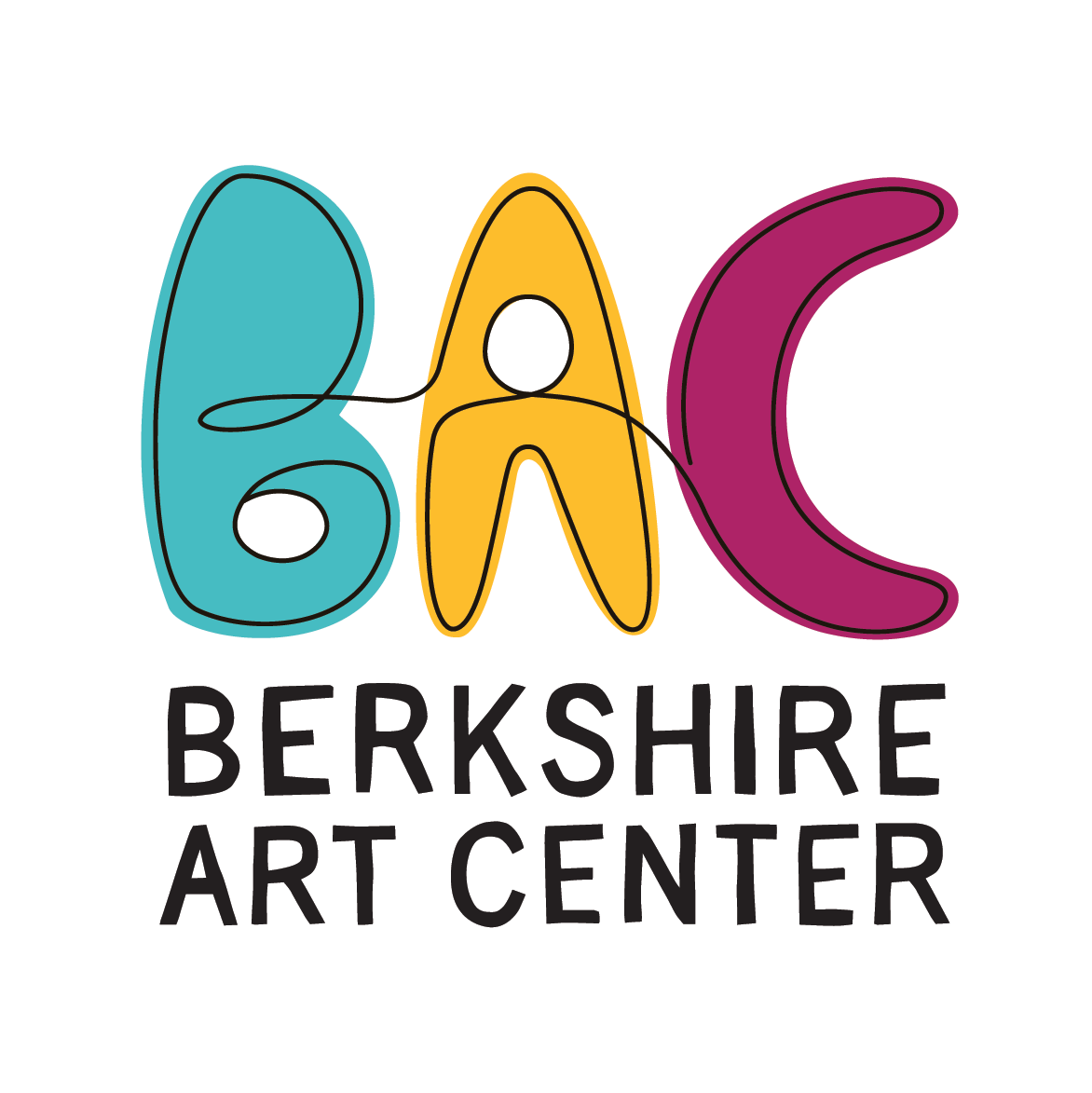Collage at Home: Pushing the Envelope with Mail Art (Online) — Sept 9
Collage at Home: Pushing the Envelope with Mail Art (Online) — Sept 9
Instructor: Karen Arp-Sandel
Day & Time: Wednesday, 1–2:30pm
Dates: September 9, 2020
Meetings: 1
Location: Online via Zoom
This class is part of the Collage @ Home series with Karen Arp-Sandel.
This class is an introduction to fun techniques used to create one-of-a-kind Mail Art. Make a collage post card with a visual message or an intriguing design on the front, and a message on the back. Support the USPS by purchasing stamps. Choose a really cool stamp! Then give a friend or family member some joy by surprising them with your eye-popping postal art in their mail box.
For the price a postage stamp, you can mail your artwork anywhere to anyone! I’ve been making and mailing art for decades and love to share this practice with other people. During the stay-at-home pandemic, as a Mail artist, I mail a lot of artwork!
In this workshop, I’ll demonstrate how to make a post card collage, which is a small-scale artwork. I’ll show you an easy way to make your own decorative Mail Art envelope. I give tips and guidelines on how to use everyday materials to generate artistic mail. While we cut and paste, I will share the story of “FeMail,” an international mail art project that I founded in 2007. I’ll tell you how I "pushed the envelope" during my 100 Post Cards Project exchange from 2000–2001.
Join the snail mail revolution! Make art and create community! If you want to get Good Mail, then Send Mail Art! During this time when our lives feel more limited because of the COVID-19 precautions we must take, we can benefit from reaching out to others through art. In doing so we can make our own hearts feel better, too. Collage is a great way to create connection.
Artists have been creating Mail Art for hundreds of years! Its origins can be found in Marcel DuChamp and Kurt Schwitters and the Italian Futurists. But it was the New York artist Ray Johnson, who in the mid 1950s posted small collages, prints, abstract drawings, and poems to art world notables, giving rise to what came to be called the New York Correspondence School. The tradition of Mail Art is powerful, with artists all over the world sending their art to others. The recipients become the “viewers” of the art, in residence rather than viewing it in the art gallery. (Source: Tate Modern website)
Materials
Students can use their own materials OR purchase a DIY Mail Art Kit for $10 (add the kit to your cart below).
Materials Kit Add-On $10 (Optional)
Materials Kits must be purchased prior to September 1, 2020 in order receive them in time for class. Students are still welcome to register for class after that date and use their own materials (see below).
Sugested Materials
1 or more post cards that you can use as a base for your mail art, or a piece of card stock cut to the dimensions 4” x 6”
Paper: magazines, decorative paper, painted paper, origami paper, stickers, everyday stuff like tickets and maps
Glue: glue stick works great
Scissors
Fun extras: pens, sharpies, tape, washi tape, stickers, tea tags, candy wrappers
Postage stamps: post card or first class stamps
A downloadable pattern for an envelope will be emailed to you upon registration.
Become an IS183 Member!
As a member you will receive exclusive benefits, stay up-to-date on upcoming programming and events, and join our creative community!
Contribute to The Artful Future Fund!
Further engage with IS183’s mission. Support IS183’s artists, students, and studios by making a donation.
Online Classes at IS183
Register for a class (or series) on our website, and we will email you a Zoom meeting link along with instructions. Simply use the link to join the online class at the designated time! Download the Zoom app on your smartphone or tablet, or use your laptop/desktop web browser. The web browser client will download automatically when you join your first Zoom meeting. (Have a look at this Zoom overview.)
You will join a live, interactive lesson presented in real-time by an IS183 Faculty Artist. Small class sizes will allow you to engage personally with the instructor and other students, just like in the studio! Faculty lessons will primarily be demonstration-based, but may have segments in which students are challenged to work on independent assignments. Each class and faculty approach will be unique!
Thank you for continuing to make art and support IS183 Art School! We look forward to seeing you in the (virtual) studios!
Please see our policies on cancellations, refunds, and more.








